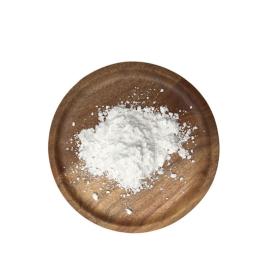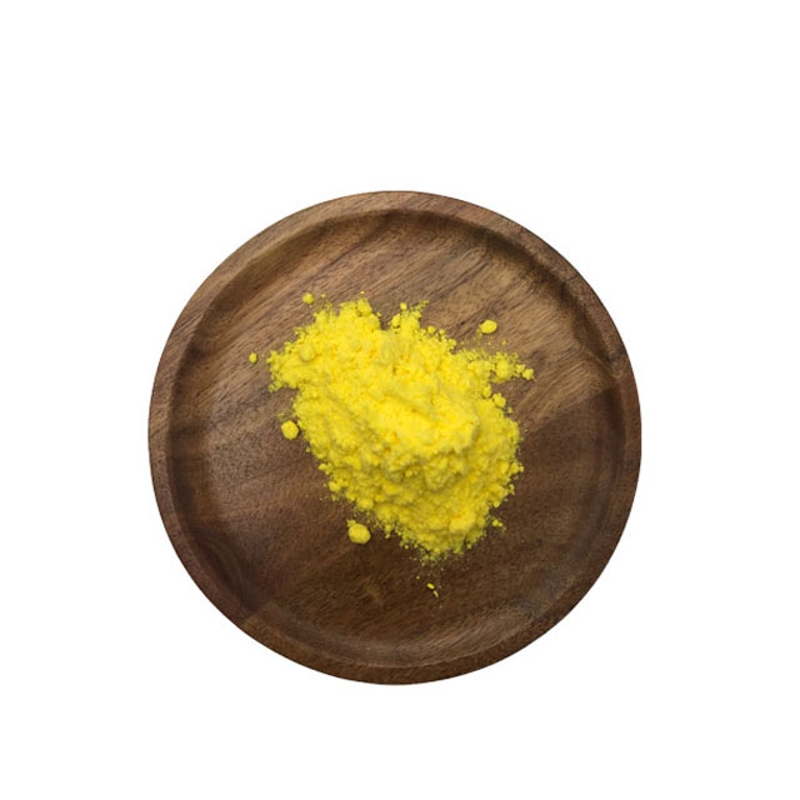-
Categories
-
Pharmaceutical Intermediates
-
Active Pharmaceutical Ingredients
-
Food Additives
- Industrial Coatings
- Agrochemicals
- Dyes and Pigments
- Surfactant
- Flavors and Fragrances
- Chemical Reagents
- Catalyst and Auxiliary
- Natural Products
- Inorganic Chemistry
-
Organic Chemistry
-
Biochemical Engineering
- Analytical Chemistry
- Cosmetic Ingredient
-
Pharmaceutical Intermediates
Promotion
ECHEMI Mall
Wholesale
Weekly Price
Exhibition
News
-
Trade Service
Breast cancer is a common malignant tumor, which seriously threatens women's health.
Breast cancer is a common malignant tumor, which seriously threatens women's health.
The basal-like breast cancer (BLBC) subtype is characterized by the expression of basal markers rather than the status of estrogen receptor (ER), progesterone receptor (PR), and human epidermal growth factor 2 (PR).
PRMT5 (Arginine Methyltransferase 5) is also an oncogene associated with a variety of cancers (including breast cancer).
PRMT5 (Arginine Methyltransferase 5) is also an oncogene associated with a variety of cancers (including breast cancer).
PRMT5 interacts with KLF5 and methylates the latter
PRMT5 interacts with KLF5 and methylates the latterKnockout or drug inhibition (PJ-68) PRMT5 can reduce the expression level of KLF5 and its downstream target genes.
Knockout or drug inhibition (PJ-68) PRMT5 can reduce the expression level of KLF5 and its downstream target genes.
PJ-68 inhibits the growth of PRMT5 transplanted tumors
PJ-68 inhibits the growth of PRMT5 transplanted tumorsIn summary, the results of this study reveal that PRMT5 can prevent its phosphorylation, ubiquitination and degradation by methylating KLF5, thereby promoting the maintenance and proliferation of breast cancer stem cells.
The results of the study revealed that PRMT5 can methylate KLF5 to prevent its phosphorylation, ubiquitination and degradation, thereby promoting the maintenance and proliferation of breast cancer stem cells.
org/10.
Leave a message here







